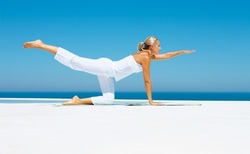
Worsening posture and stiffness are generally taken for granted as we get older and traditional exercises do little to abate them. But, Yogilates® can help alleviate these symptoms and is a perfect alternative exercises for people of any age. By now, most people have tried some kind of Yoga, and know it can help with flexibility and relaxation. Pilates, which many Hollywood celebrities swear, offers core strength as well as lengthening and toning qualities. For people who want the best of both,Yogilates®, is popular with many fitness enthusiasts. Beginning on the floor to safely warm up your body and increase awareness of proper alignment, it then gradually moves to the standing exercises to develop balance, agility, and greater leg strength. The technique includes detailed instructions and visualizations and teaches you to focus on your whole body throughout the session. This type of training has been shown to not only improve effectiveness and safety, but also helps train your concentration skills and increases overall enjoyment as you are become more aware of your skills improving. The result is greater strength without bulk, as well as increased flexibility, coordination, balance and self-confidence.
What really is the best exercise for you? That is the million-dollar question and the answer is probably a combination of exercise types that are ideally suited for your particular age group. Remember, not only is it healthier for you physically, mentally, and spiritually to work at an even keel, but the truth is that with the right kind of regimen, you can actually achieve more with less.
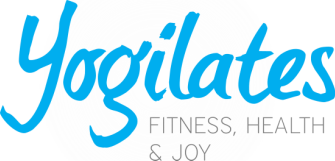
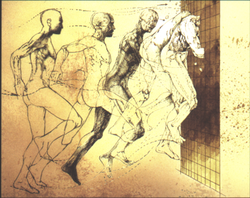
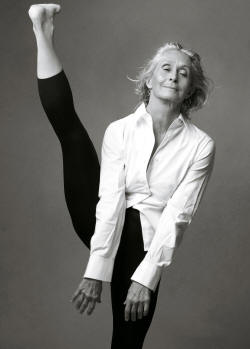
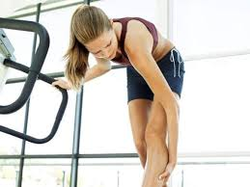
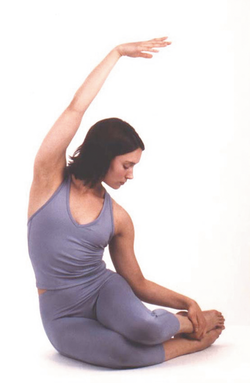
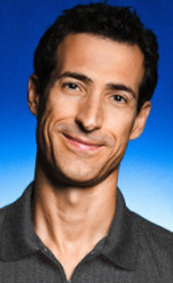
 RSS Feed
RSS Feed
